Tagged With Aquatic Reptiles
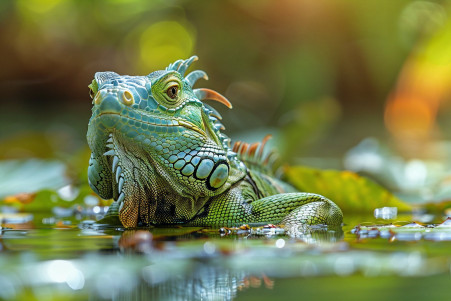
Do Lizards Swim? The Science of Lizards’ Aquatic Adaptations
19 March 2024
Variations in the swimming capabilities and environmental niches of lizards, which also covers special skills such as re-bubbling and water-resistant skin, and how they have evolved over time.
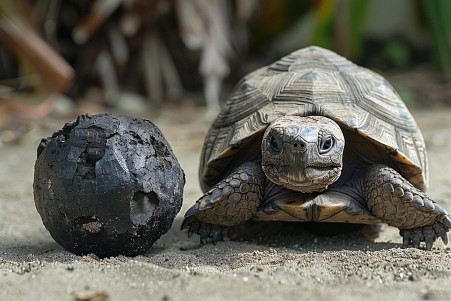
Turtles and Black: The Evolution of Their Aversion
19 March 2024
Turtles could be staying away from black because of evolutionary reasons that have to do with their survival, and they are drawn to colors like blue, and light pollution is affecting them.
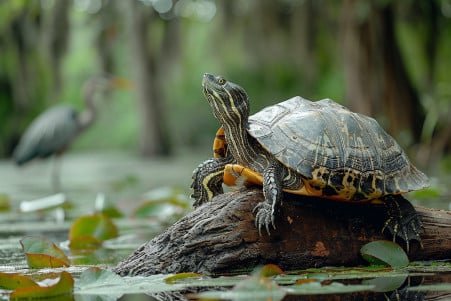
What Eats Turtles? Exploring Predators in Marine and Terrestrial Habitats
16 March 2024
Predators of turtles in different ecosystems, how they influence the turtle population, and why it's important to work to conserve turtles.

Do Turtles Have Feeling in Their Shells? The Mystery of Shell Sensitivity
12 March 2024
The carapace is a highly innervated structure that has implications for everything from behavior to environmental interactions to conservation.
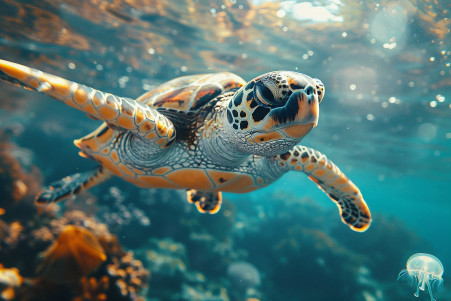
Do Jellyfish Get Turtles High? Debunking Marine Myths
10 March 2024
Disproving the idea that eating jellyfish gets sea turtles stoned, and explaining how turtles have evolved to eat jellyfish and are immune to their venom.
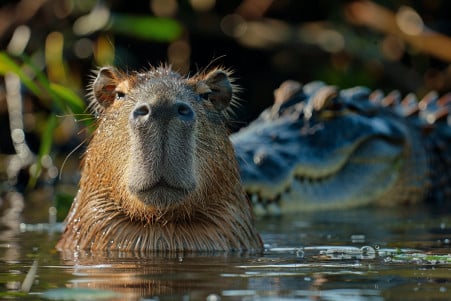
Do Crocodiles Eat Capybaras? Exploring Predator-Prey Interactions
7 March 2024
Crocodile attacks on capybaras, how the two species live together in South American environments, and what this means for conservation.
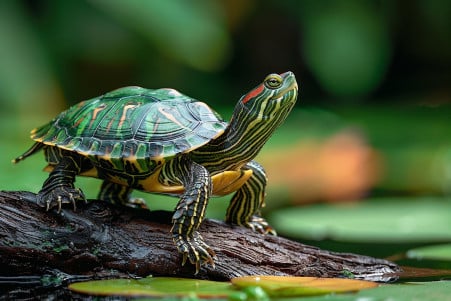
Why Do Turtles Have Tails? The Surprising Truth About Their Many Uses
4 March 2024
Anatomical and functional differences in turtle tails between types of turtles, how they have evolved, and their use in mating, balance, and environmental adaptations.
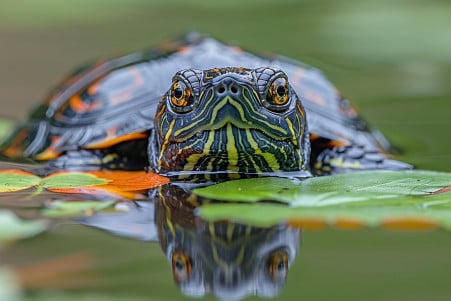
Can Box Turtles Swim? What You Need to Know About Their Aquatic Habits
21 February 2024
Box turtles are able to swim, but they are not built for fast-moving or deep water. Swimming is a way for them to cool off and get a drink in shallow water.

Can Turtles Drown? Understanding Aquatic Risks for Turtles
20 February 2024
Why turtles are at risk of drowning, their diving physiology, anthropogenic threats, conservation strategies, and why understanding turtle biology is key to saving them.

Do Alligators Eat Turtles? Insights from Ecological Research
18 February 2024
While alligators eat turtles and their hard shells with their strong teeth, turtles have ways of protecting themselves from predators.
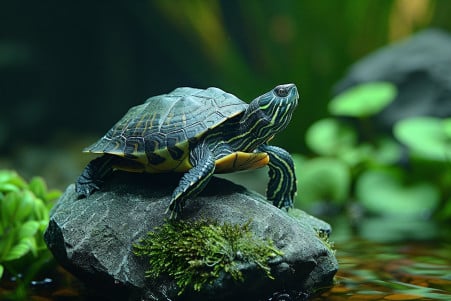
How Long Can Turtles Go Without Eating? What You Need to Know About Their Dietary Resilience
10 February 2024
The ability of turtles to go long periods without eating is due to metabolic changes, stored fat, brumation, and other environmental factors that affect how long they can fast.

Are Turtles Reptiles or Amphibians? Unveiling Their Classification
9 February 2024
Turtles are reptiles, not amphibians, that are distinguished by their bony shells, lung respiration, and the fact that they lay eggs on dry land.